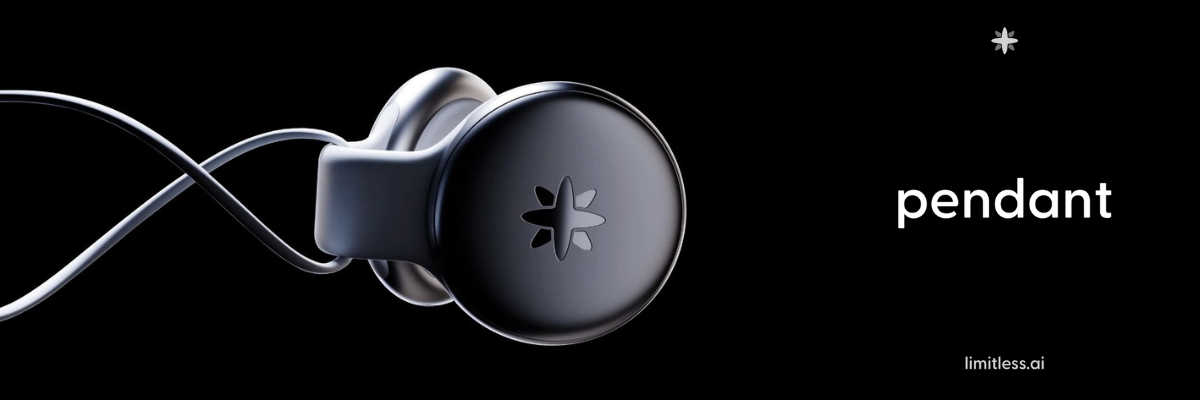Google Cloud CEO sees sunny prospects thanks to AI demand • The Register

Google Cloud CEO Thomas Kurian says the Chocolate Factory’s rental computing business has $106 billion of unfulfilled contracts, and he expects Google Cloud will be able to realize about half of that in revenue within two years.
Speaking at the Goldman Sachs Communacopia and Technology Conference in San Francisco on Monday, Kurian said: “So our remaining performance obligation, or backlog [as it] is sometimes referred to, is now at $106 billion. It is growing faster than our revenue. More than fifty percent of it will convert to revenue over the next two years.”
In July, Google parent Alphabet reported [PDF] $13.6 billion revenue for Google Cloud in Q2 2025, up 32 percent from the same period a year earlier. If Kurian is correct – and his statements were preceded by the boilerplate warning about the limits of forward-looking statements – that suggests Google Cloud will have an extra $53 billion to play around with by 2027.
For the sake of comparison, Microsoft for the first time in July reported Azure’s annual revenue and annual growth rate, $75 billion and 34 percent respectively for its fiscal Q4 2025. That’s about $19 billion on an average quarterly basis. AWS, which reported revenue of $30.9 billion in Q2 2025, grew at a rate of 17.5 percent that quarter.
Addressing the investment community, Kurian made a case for ongoing revenue growth based on the potential for on-premises IT to move toward cloud services.
“Cloud computing continues to grow as the primary vehicle through which enterprises deploy their core information technology systems,” he said. “Cloud, although it has grown, it’s still in its early phase because a lot of machines and applications still run on-premises and have not yet moved.”
Kurian said the focus of cloud customers has shifted from application or web hosting to vendors who can provide technology and solutions to help businesses transform their operations by applying artificial intelligence.
Google Cloud, he argued, is well-positioned to capture that business through product differentiation in performance, cost, reliability, and efficiency in AI infrastructure.
Citing Google’s eleven years of building AI systems and chips, Kurian said Google’s AI systems are heavily optimized for training and inference.
“For example, if you’re running a large scale cluster, we have two times the power efficiency, meaning you get two times the flops per watt,” he said. “And with power now, the scarce resource, you get a lot more capacity. We’re typically seeing about a fifty percent performance delta between us and other players.”
In terms of total capacity on a single system, he said, you can get 118 times more throughput on Google’s systems compared to “the next player.”
Kurian went on to tout Google’s AI storage optimization and its high-bandwidth optical networking that can be easily shifted from training to inference without downtime.
“If you compare us to other hyperscalers, we are the only hyperscaler that offers our own systems and our own models, and we’re not just reselling other people’s stuff,” he said, seemingly ignoring Microsoft’s recent debut of its own in-house models and Amazon Nova. “The volume of tokens we process is twice [compared to] other providers in half the time – so roughly four times the volume.”
Kurian went on to detail the five ways Google is monetizing AI – something of a concern for investors given the billions hyperscalers are spending to build out data center capacity for AI services.
Some customers pay based on consumption of tokens in AI models, he said. Some pay for subscriptions to services like Google Agentspace or Workspace.
Some monetization comes from increased product usage, Kurian added, pointing to how using Google’s cybersecurity agent involves threat analysis AI. “For example, we’re over 1.5 billion threat hunts, we call it, using Gemini. And that drives more usage of our security platform. Similarly, we see growth in our data cloud.”
And, Kurian said, Google monetizes some of its products through value-based pricing. So customers using the company’s customer service system may pay by deflection rate – help requests not routed to a person. And customers using Google’s creative tools might pay based on advertising conversion rate.
Finally, there’s the upsell – where Google Cloud customers move to pricier service tiers for larger quotas, more capable models, and other niceties.
“Sixty-five percent of our customers are already using our AI tools in a meaningful way,” he said, adding that those who do so use 1.5 times as many products as those not using AI tools yet.
As to how businesses are using AI, Kurian described four primary domains. Companies are using AI to help build digital products, as Google did when it helped Warner Bros. rework “The Wizard of Oz” for the Las Vegas Sphere. Others are using AI for customer service and point-of-sale assistance.
“Others are using it to streamline the core of the company and their back office,” said Kurian, pointing to how Home Depot uses AI for its HR Help Desk to answer employee questions about benefits and the like. And then there are companies using AI for IT applications, like writing code and scanning for cyber threats.
In short, if you are in the business of renting cloud infrastructure, you can earn a lot more rent by selling businesses on AI services that depend on cloud infrastructure. ®











